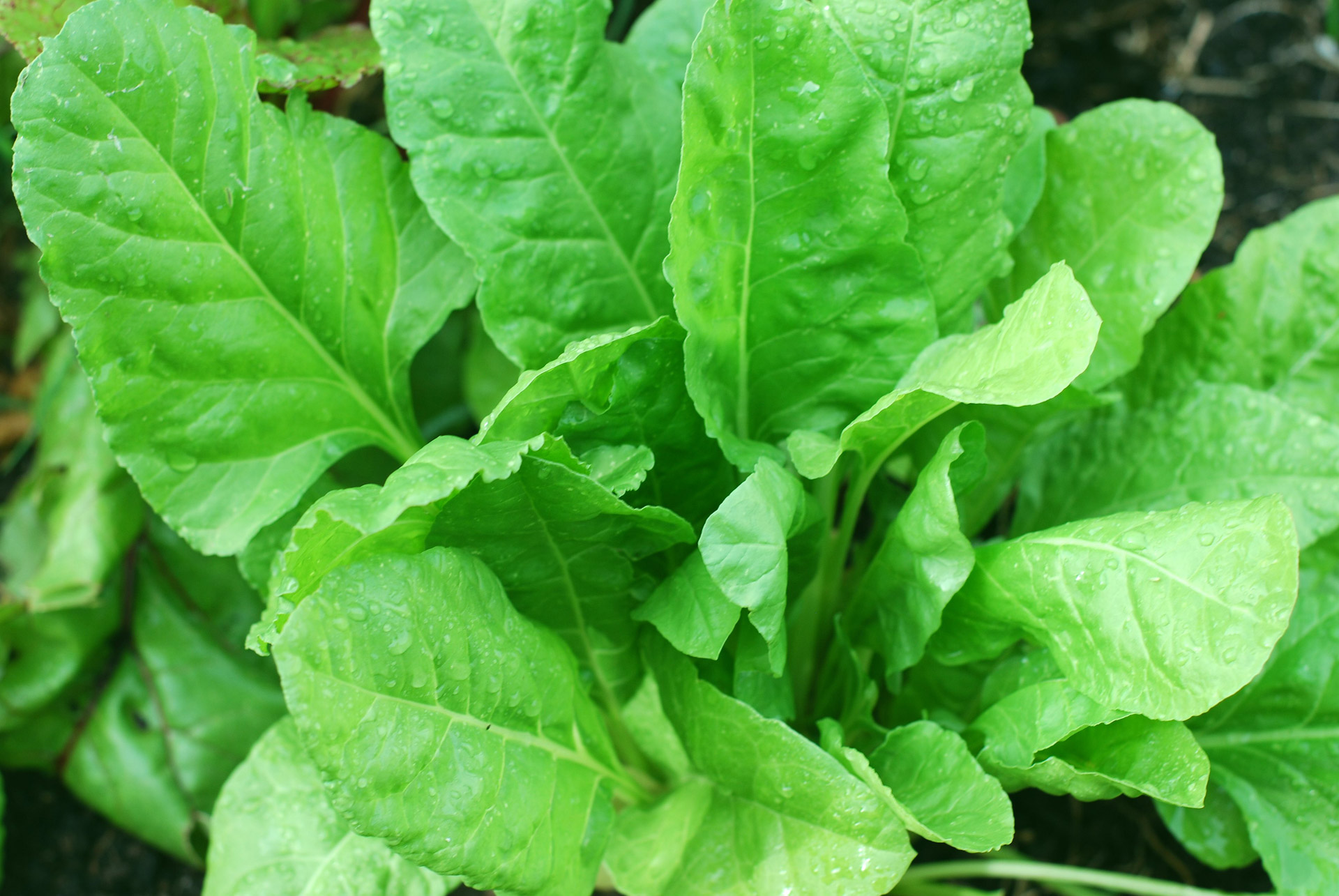Iron is one of those mysterious minerals you know your body needs but you aren't exactly sure why. Well, look no further!
In simple terms, iron is necessary for the production of blood. A lack of iron can lead to fatigue, pale skin, weakness, and a whole bunch of smaller but still unpleasant symptoms. If your'e unlucky you might develop anemia which will give you all of these conditions to a level where it might begin to interfere with your day to day life. Not fun! But luckily, you can get it from many foods, even if you are vegetarian or vegan like myself. Of course, if it's serious you should be taking iron supplements but if you just want to fit more into your meals there's many options which won't take a lot of effort to incorporate into your diet. I personally have a serious iron deficiency and I've been looking for sources of iron that I can easily fit into my diet alongside my supplements. Let's start off with some that you probably already eat,
Tofu! Truly going beyond once again with 5.4 mg of iron per 100g. I'm assuming if you use this website, it's probably already a food that you are used to.
Spinach packs in 2.7 mg of iron per 100g. Try adding it to salads and smoothies for an extra boost. However, don't overdo it; spinach is also notorious for its high levels of oxalic acid. Try other dark greens as well, such as collard greens and kale.
Sunflower seeds are one of the best iron sources I've found. They contain 5.3mg of iron per 100 grams! That's just shy of tofu and these are a lot more transport friendly. They're great as a snack, in a salad, or even as a butter (think peanut butter but nut free, they'll sell it at your local health store).
If sunflower seeds aren't your cup of tea, try pumpkin seeds. You may have never considered these Jack-O'-Lantern left overs as a health food but they contain 3.3mg of iron per 100g. With fall having recently rolled in, you should have no problem finding them, or roasting your own. They make a terrific snack but the sky's the limit.
This one will hopefully encourage you all on your path to an iron-filled lifestyle. Dark chocolate contains 11.9 mg pre 100 g. That's more than you'd get from 200g of tofu. Black bean brownies, anyone?
Oatmeal is a really easy way to get a lot of iron without too much effort. With 6 mg per 100g you can get a whole day's supply of iron at breakfast. The great thing about oatmeal that also applies to dark chocolate is that you can add it everywhere! Bake some oatmeal chocolate chip cookies and demolish any chances of iron deficiency!
Now there's many other great iron sources but follow a few guidelines to get the most out of your new iron heavy diet. For maximum absorption make sure your vitamin C levels are up, otherwise you might not be getting the full impact of your diet. Remember, how much iron you need depends on a lot of personal factors. If in doubt, ask a doctor or someone else versed in medicine. For a run of the mill estimate however, I found an excellent table courtesy of the US National Institutes of Health:

Now the examples I chose are parts of larger groups which typically contain a lot of iron. Leafy greens, grains, beans, and seeds all typically have high iron contents. When in doubt google's your friend. Now if your iron needs are serious like mine, I'd recommend Polyride Fe ultra which has the added bonus of already including vitamin C as well as B12, meaning absorption won't be an issue. I've been taking it for over a month on my doctor's recommendation and it's been working well for me, though once again this is for the truly iron deficient. Best of luck everyone!












